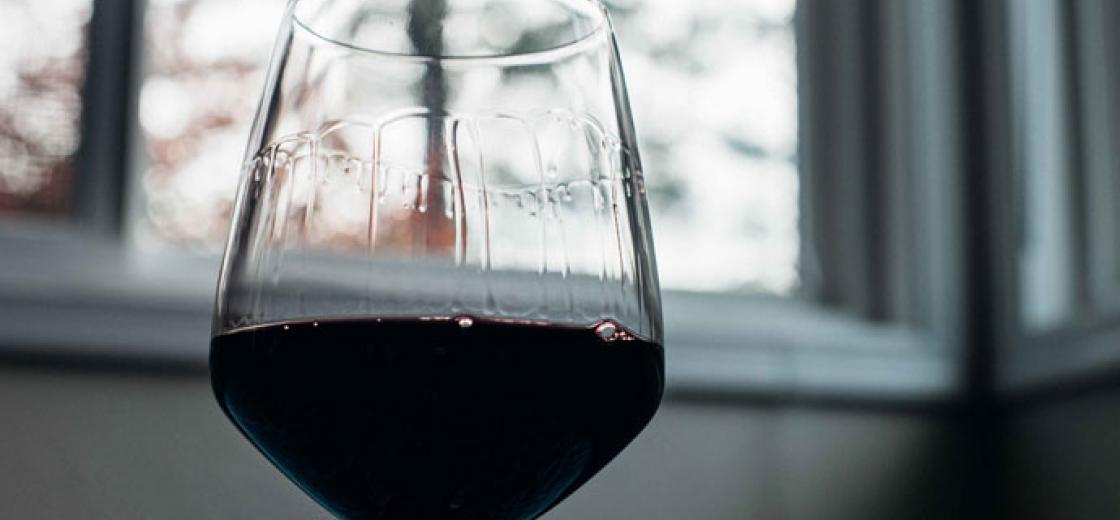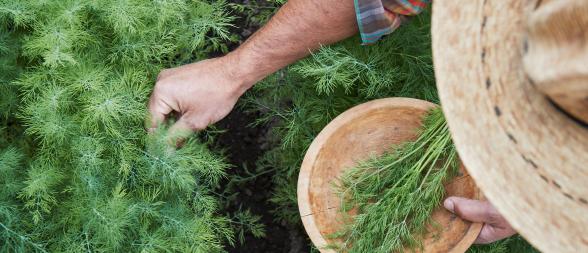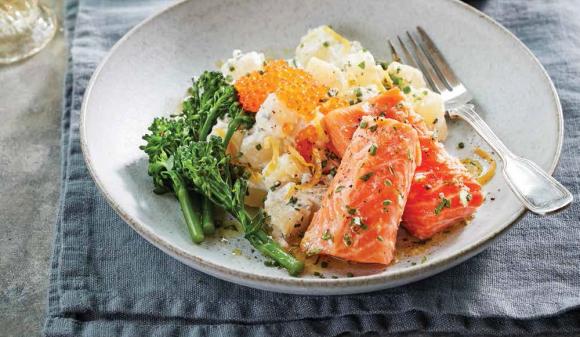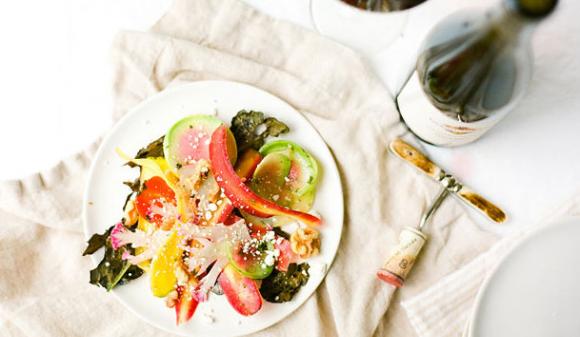
What Exactly are ‘Legs’ on a Glass of Wine and What Do They Tell You?
People snicker when they hear about the “legs” on a glass of wine — it does sound pretty silly, doesn’t it? And the truth is, it’s an old-fashioned term that hardly nobody uses anymore.
But you will hear it now and then, and it does refer to something real.
Here’s how you can see the legs of a wine yourself! Pour a glass of a “big” wine. By “big,” I mean something like a K-J Jackson Estate Cabernet Sauvignon, or a barrel-aged Chardonnay, like the K-J Jackson Estate. (You’ll want to use a clear wine glass, not one of those tinted ones, and the bigger the bowl, the better.) Give the wine a good swirl — careful, don’t slosh — then quickly take a look at the sides of the glass.
You’ll see clear, thick tracks, above the level of the wine, where the wine washed along the glass’s interior. They peak at the top, then slowly dribble down, forming shapes. Some people call these thin tracks of liquid “legs” because they’re vertically long and tapered, like a human leg. Others call them “tears of wine.” I prefer another old term for them: “cathedral [or church] windows.” The streaks seem to arch at the top, the way the stained glass windows in old churches do.
Whether they’re called legs or cathedral windows or whatever, what are they? The streaks are nothing more than the ethanol (alcohol) in the wine. People used to think they were comprised of glycerol, which is a sweet, unctuous form of alcohol, but the latest research suggests this isn’t so. The physical process by which the ethanol creeps up the side of the glass, then is dragged down by gravity to form legs or windows, is quite complex — and I don’t claim to understand it. But you don’t have to know fluid dynamics to appreciate their attractive form.
The higher in alcohol a wine is, the more legs it will have. Legs are not a sign of quality: a poor wine can have legs, as long as the alcohol content is high enough.
Steve Heimoff is one of America’s most respected and well-known wine writers. The former West Coast Editor for Wine Enthusiast Magazine and a contributor to Wine Spectator, he has also authored two books on the subject of California wine, including “New Classic Winemakers of California: Conversations with Steve Heimoff,” published in the fall of 2007.





